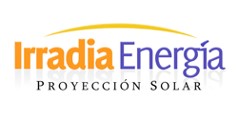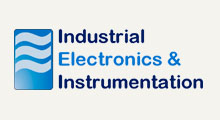Intelligent system for production, storage and management of PV on-time (PV-ONTIME)
Active Projects
About the Project
Scheduling power output from generating plants used to be relatively easy, and there was little or no need for Real-Time information. A central dispatcher simply estimated overall customer demand for a period stretching out for a few days, and then supplied this information to its wholly owned generating plants, sometimes via a phone call. A major change to the power generation landscape was the emergence of renewable energy sources, particularly wind and solar. Unlike conventional generation, the power produced by solar and especially by wind can vary over a wide range in an unpredictable fashion, upsetting the entire balance of power supplied to the grid. Initially, the problem of variable generation from solar and wind was easily accommodated as these sources made up a very small percentage of power supplied to the grid. But as more and more distributed solar and wind plants have been built and integrated in the grid, variable generation is becoming a huge issue. To cope with the rising penetration of renewable energy sources and expected widespread adoption of electric vehicles, the future smart grid needs to implement efficient monitoring and control technologies to improve its operational efficiency. Hence, the owner tends to centralize monitoring, control and operation of the plants.
Real-time information concerning power flowing into and out of the grid is measured by utilities through monitoring of their transmission and distribution systems. These power measurements are made by various Ethernet-enabled devices such as protective relays and power monitors. These devices are connected in a substation wide Ethernet network to substation controllers, either general purpose Programmable Logic Controllers (PLCs) or more specialized substation controllers. Synchronization is critical to operate the grid optimally and reliably. This equipment can use IEEE 1588-2008 Standard to insure that instruments take snapshots of grid parameters at exactly the same time and that the phase relationships between current and voltage are preserved. Ideally, all of these Ethernet-enabled devices will comply with the IEC 61850 Standard for Substation Automation.
Within this framework, the Real-time Supervision and Management System of PV power stations are absolutely necessary. Our solution can perform Real-Time monitoring and control on the PV solar array, DC current convergent cubicle, DC distribution cabinet, grid-connected inverter, step-up substation, and environmental monitoring system. It is equipped with a high-precision protocol for synchronizing all data acquisition equipment, something that is necessary for correctly establishing relationships among events in the plant. Our solution is also equipped with rich user interfaces, strong analysis and processing functions as well as complete monitoring alarm mechanisms. The system provides a detailed, comprehensive Real-time Supervision of the performance of all of the components, quantifying different loss mechanisms and detecting the presence of any failures or deviations by comparing the production with prediction models. If included, the solution is able to control the Storage System (SS) operating mode. It also enables both the Power Quality (PQ) of the signal injected and the installationís influence on the distribution grid to be controlled. With our solution it is possible to centralize the monitoring and control of equipment in solar power plant and process the data for Operation and Maintenance (O & M) personnel.
Project Slides
Partners







